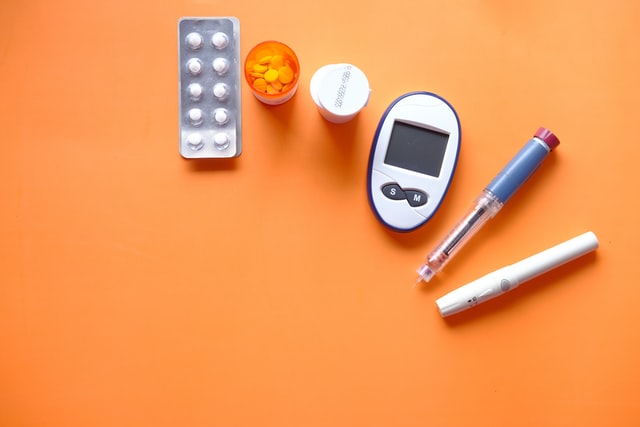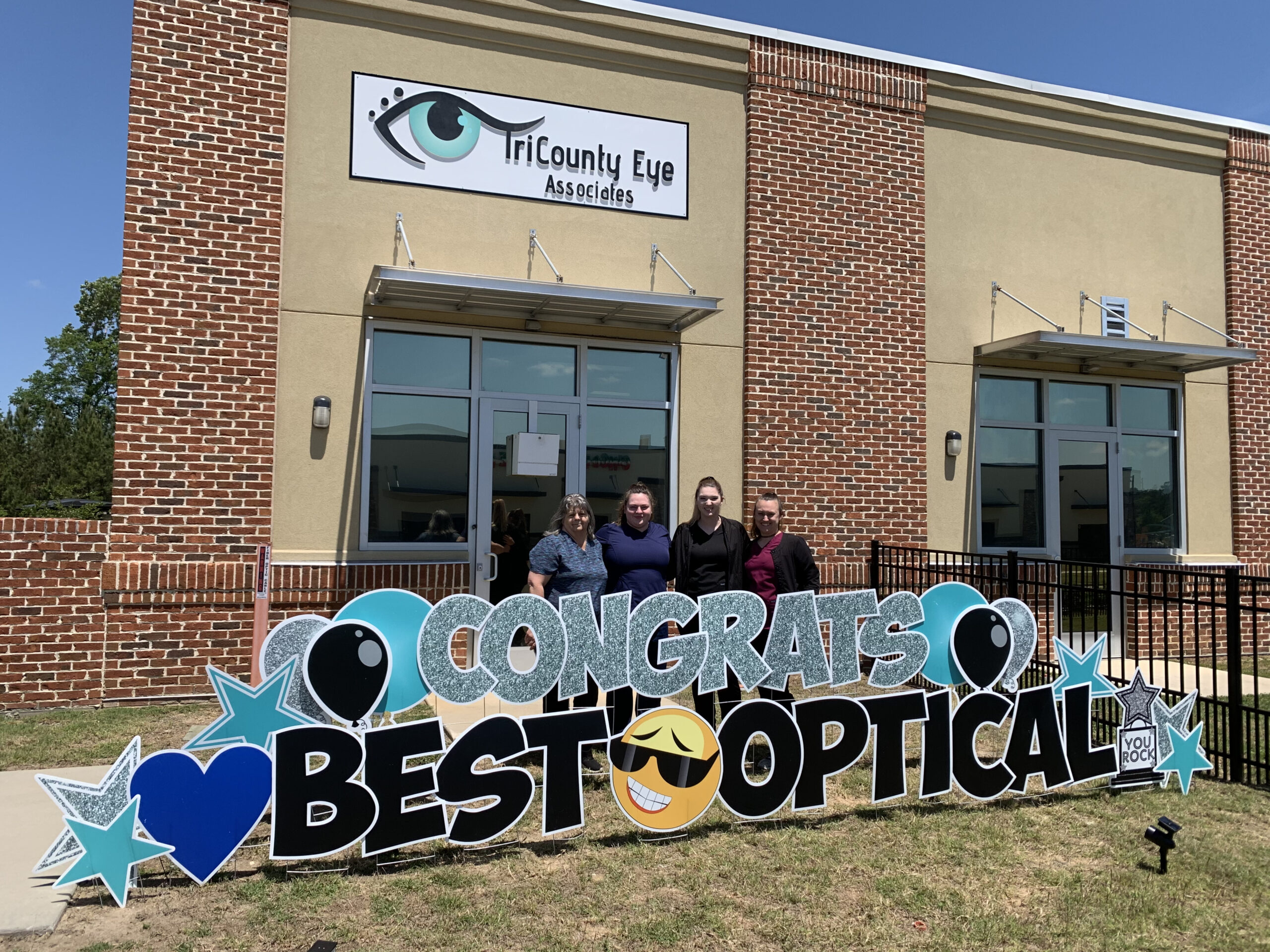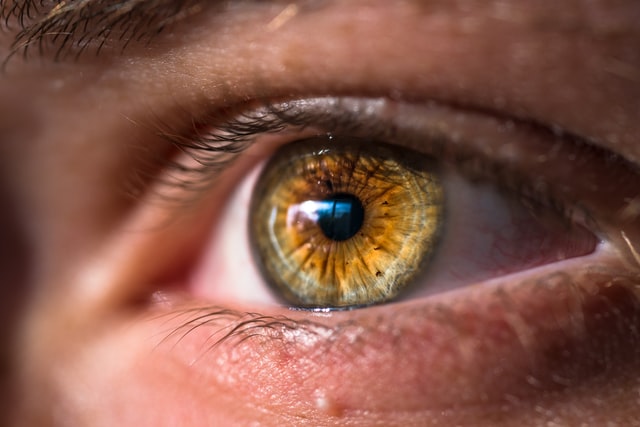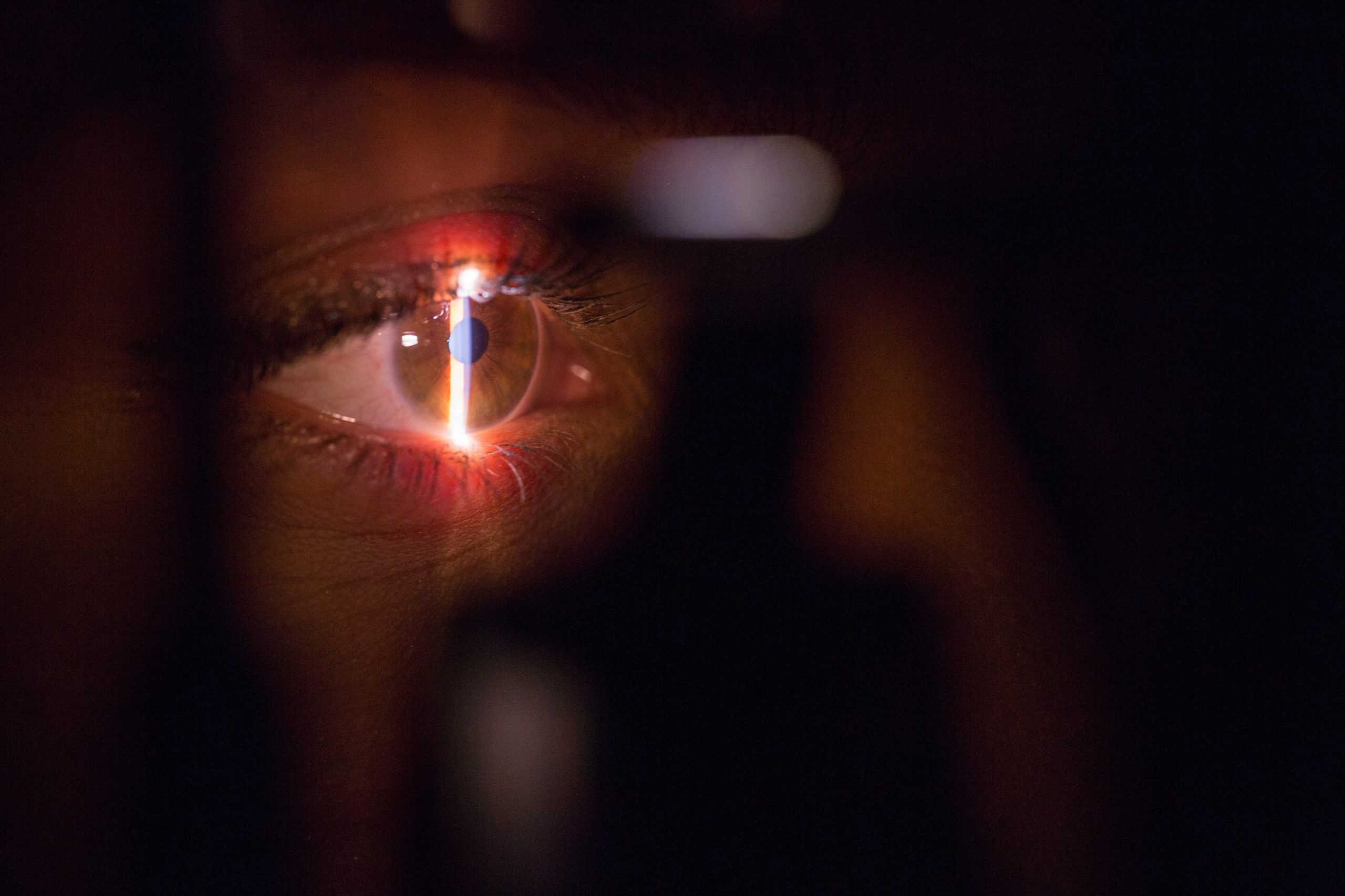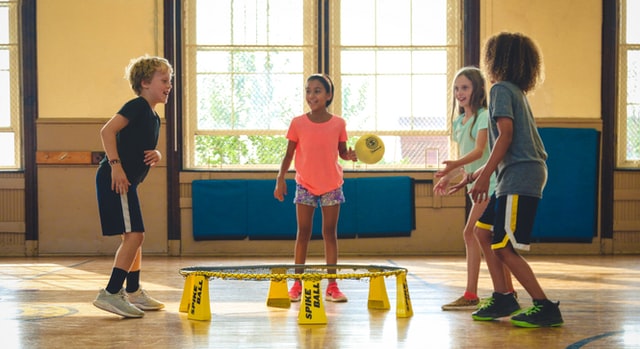Pink Eye is a condition that most of us have had at some point in our lives. It is especially prevalent in schools affecting mostly kiddos. The last few years of at home learning may have curbed the number of cases. With most things getting back to normal after the Pandemic, we thought it would be a good idea to re-visit this topic.
What is it?
The proper name for Pink Eye is Conjunctivitis and it will cause the eye to become pink and irritated. It causes inflammation of the membrane that covers the eye and lines the insides of the eyelid which is technically called the Conjunctiva. The different types of causes of pink eye are:
- Viruses
- Allergens
- Bacteria
This is an eye issue that can resolve itself after some time. It will clear up when the infection is gone, or the allergic reaction has stopped. Unless it lasts an unusual amount of time you can probably treat it at home.
Do’s
Some at home treatments that can help are:
- A cool compress – this option can help to soothe the irritation caused by pink eye. You can use a clean damp cloth that you have refrigerated as a cool compress. Make sure not to reuse the same cloth without washing it.
- Eye Drops – over-the-counter options like artificial tears can help to soothe the discomfort as well as to clear out any allergens that could be causing the irritation.
- Pain relievers – sometimes over-the-counter ibuprofen can help to relieve the pain.
- Avoid touching – this might be the most important and the hardest to stick to. Pink eye can be highly contagious so if you touch your eye and then touch other things in your home the virus can spread to others. Make sure to wash your hands regularly and avoid touching your eye at all costs.
Don’ts
While there are some passed down remedies that you may have heard of for Pink Eye, we want to clear the air on some at-home treatments that are a bad idea:
- Breast Milk – this is an old wives tale, breast milk will not cure Pink Eye
- Visine – in some cases eye drops can make Pink Eye worse. Artificial tears are the only kind we would recommend to flush out allergens
- Urine – do we really need to mention this?
Call us!
As always, if symptoms persist longer than a week, make an appointment with us here at TriCounty Eye Associates and we will be able to help determine the cause and get you some relief.



